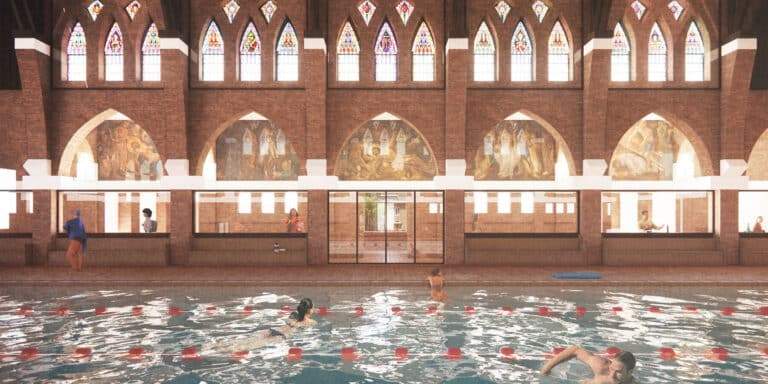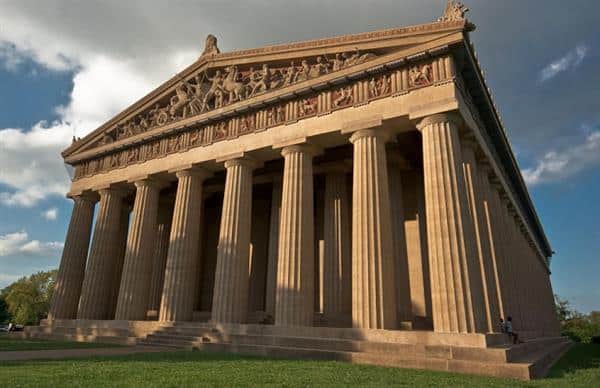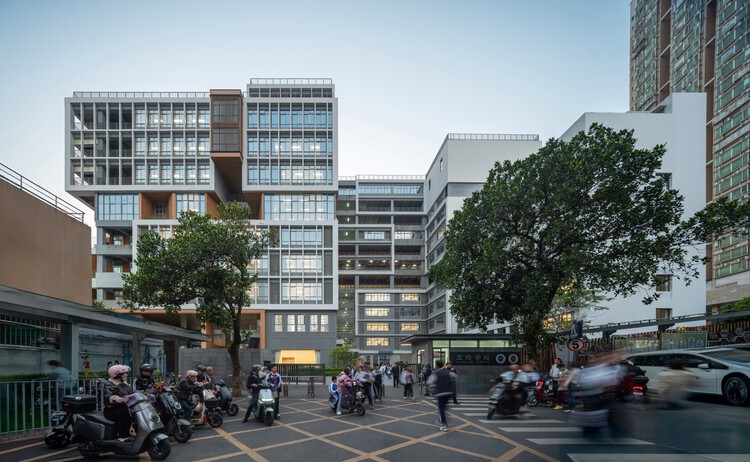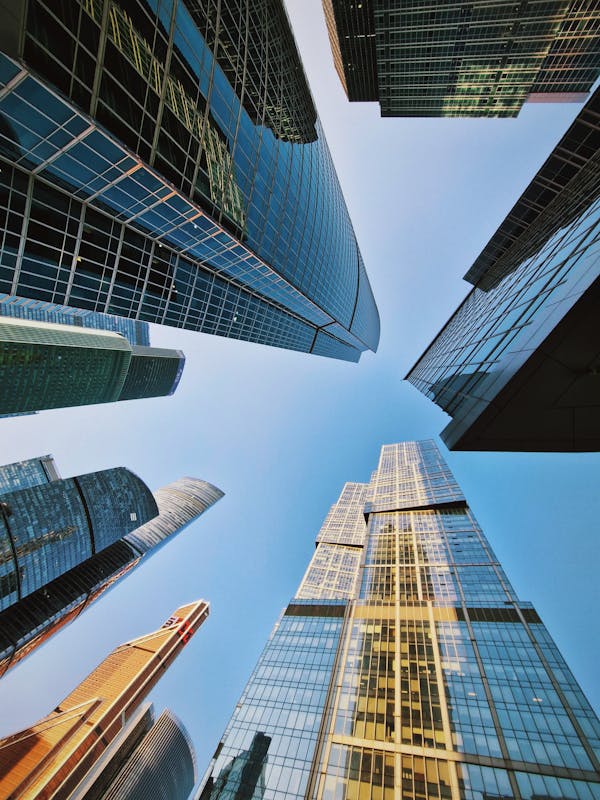When former U.S. President Donald Trump visited Saudi Arabia on his first international tour in 1446 AH (corresponding to 2025 CE), the royal palaces of Riyadh captivated the world. The scene was unforgettable even for seasoned global leaders. There were glimmering swords in traditional dances, golden halls stretching beyond sight, and a reception of unmatched grandeur.

That visit cast a spotlight on a side of Saudi Arabia that few had considered before. Royal palaces are not just buildings. they are silent messages. Through architecture, they convey sovereignty, identity, and heritage all at once.
In this article, we take you on a journey through the Kingdom’s most iconic royal palaces. Each one is a reflection of a king, a historical era, a region’s character, and a distinct political role.
Saudi Kings: A Brief Overview
Since the unification of the Kingdom by King Abdulaziz Al Saud in 1351 AH (1932 CE), seven monarchs have ruled Saudi Arabia. Each has left a unique architectural and political legacy:
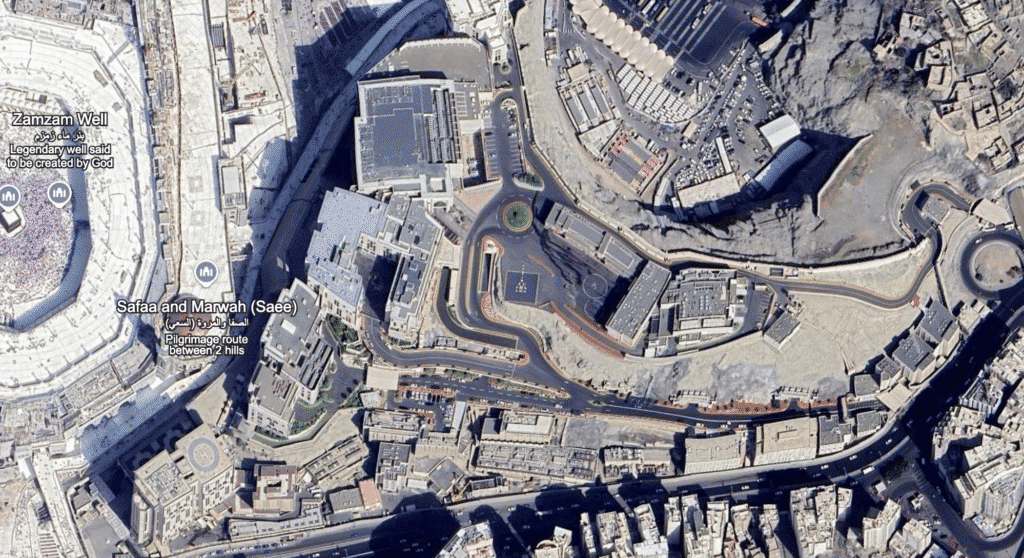
| King | Reign Period | Key Characteristics |
|---|---|---|
| King Abdulaziz | 1351 AH – 1373 AH (1932 – 1953 CE) | Unification of the Kingdom, foundational state-building |
| King Saud | 1373 AH – 1384 AH (1953 – 1964 CE) | Palace expansion, early royal protocol |
| King Faisal | 1384 AH – 1395 AH (1964 – 1975 CE) | Diplomatic outreach and modernization |
| King Khalid | 1395 AH – 1402 AH (1975 – 1982 CE) | Cultural growth and architectural renaissance |
| King Fahd | 1402 AH – 1426 AH (1982 – 2005 CE) | Comprehensive development, global architectural influence |
| King Abdullah | 1426 AH – 1436 AH (2005 – 2015 CE) | Education, economic reform, national projects |
| King Salman | 1436 AH – present (2015 CE – today) | Vision 2030, institutional and geographic transformation |

Imama Palace The Origins in Old Riyadh
Nestled beside the iconic Al-Masmak Fortress in historic Riyadh, Imama Palace is one of the earliest royal residences used by King Abdulaziz after unifying the Kingdom in the 1930s.
Built in the traditional Najdi architectural style, the palace features thick mudbrick walls and small windows to block the desert heat. Its internal courtyards ensure privacy. Its beauty lies in its purpose—functional rather than ornamental—as it was once the nerve center for early state decisions.
Today, the palace stands as a heritage landmark, symbolizing the shift from tribal governance to a modern nation-state.

Salam Palace The Diplomatic Island in Jeddah
Located in the upscale Al-Hamra district of Jeddah, Salam Palace rests on a peninsula surrounded by the Red Sea. It serves as a royal residence in the western region, hosting official meetings, Eid receptions, and high-level diplomatic visits.
Its architecture blends Islamic motifs with Mediterranean influences. These include open columns, lush inner gardens, and cool white limestone that naturally moderates the coastal heat.
Strategically positioned near ports, airports, and the holy sites, the palace plays a central role in the Kingdom’s western diplomacy and governance.

Mina Palace Guardian of the Hajj
Carved into the granite heights overlooking the Mina valley near Mecca, Mina Palace feels more like a hidden fortress than a palace. It’s not lavish in design, but majestic in presence.
Built with functionality at its core, the structure features white marble and narrow horizontal balconies. Resilient materials were used to withstand intense heat and mountain winds. The palace enables the king to oversee Hajj rituals directly, serving as a quiet command center during the holiest days of the Islamic calendar.
Its symbolic presence reflects spiritual leadership and logistical authority in equal measure.

Al-Safa Palace A Jewel Overlooking the Holy Mosque
Safa Palace overlooks the Sa’i area between Al-Safa and Al.Marwah and serves as a unique royal complex. The royal family mainly uses it during Ramadan and the Hajj season. It ranks among the most private and strategically important palaces in the Kingdom.
The palace offers a direct view of the Kaaba and includes underground transport systems, security hubs, and reception halls. Its reflective glass facades and earthy tones blend seamlessly into Mecca’s rugged terrain.
It is not merely a royal residence.it is a spiritual and political control center during the most sacred times of the year.
In Conclusion When Architecture Becomes Governance
These palaces are far more than lavish residences. They are tools of governance, symbols of cultural identity, and mirrors of Saudi history.
From the mud of Najd to the marble of Mecca, and from Riyadh’s simplicity to Jeddah’s luxury, each wall, gate, and balcony tells a story.
It’s said that the finishing costs of some palaces can exceed thirty thousand Saudi riyals per square meter. This reflects the use of rare materials, exceptional craftsmanship, and bespoke design.
But beyond the numbers, the true power of these palaces lies in their meaning. Every corner serves a purpose. Every space respects its context.
These aren’t just architectural wonders; they are messages in stone, quietly declaring:
This is where decisions are made. This is where time and place are honored.


